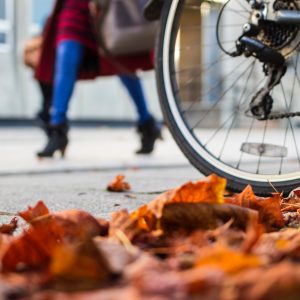
Autumn on campus
Join in the conversation on UMBUG Facebook with your tips and advice.
After what has been a hot and intense summer, autumn is back with a change in the weather and dark nights. Some cyclists will be putting their bikes away, waiting again for the light nights and sunny days of spring.
Autumn and winter cycling can seem daunting, the traffic sounds louder when the roads are wet, the dark might seem more dangerous and more people take to their cars for the school run, to pop to the shops or just to avoid the walk to the station.However, more traffic means that it is often moving more slowly so it’s actually a great time to be on your bike!
There are a few things you’ll need to consider if you decide to keep up that fitness (and allow yourself some extra calories at Christmas for an extra three and a half months of cycling!!):
Prepare
Check the weather forecast the night before and get all your kit together so you’re not dashing around in the morning trying to find your waterproofs or lights.
It’s also worth keeping a spare set of clothes in your office if you can, just in case you get caught in unexpected rain.
Bike
More regular cleaning is important, especially the chain and drivetrain components as the muck you pick up will act to wear the cassette and chainrings.
Check your tyres are properly inflated. This helps stop mud, which can conceal all sorts of sharp nasties, being picked up and sticking to your tyres.
Carry a spare tube – it’s much quicker than a repair kit or a long walk in the rain.
You should think about mudguards, if appropriate,to protect yourself and other road users from spray.
Clothing
You might want to invest in a decent waterproof jacket – if you’re riding at night something highly reflective is good. Decent jackets can be expensive but staff can buy safety equipment (like lights, jackets, helmets) through the Cycle to Work scheme, with a saving on tax.
Waterproof trousers and rucksack covers can also prove useful. I tend to wear cheap cotton combat trousers as they have a lot of pockets and dry quickly. I personally use walking gaiters to keep my trousers out of my chain and they help keep my shoes and trousers dry from the spray off the road.
A thin balaclava or hat to keep your ears warm and gloves that are wind chill and rain resistant are good for frosty mornings.
Visibility
Lights – it’s the law! I strongly recommend USB chargeable ones as you can charge them up while you’re working and you can get some relatively inexpensive ones. The quality does vary though, so read the reviews.
Keep your lights clean.
If you’re going to go off road or on roads with little or no street lighting, you’ll probably also want to consider an extra bright front light (300-400 lumens on more) that shows up obstacles.
High visibility clothing will also help drivers spot you.
The environment
When riding in the autumn, fallen leaves can be a problem, as they tend to aggregate at the sides of the road where you want to cycle. When wet they are slippery and when dry they can hide potholes and nails, so it’s a good idea to keep away from the kerb.
Frosty mornings are not too bad, just be careful on quieter roads as they may not have been gritted and can be slippery.
You could also consider cycling into work and getting the train home if there’s a convenient one near your home.
Autumn cycling isn’t that different to the summer – apart from the fact you don’t sweat as much if you’re dressed prope
I’m relatively new to cycling; I got a Cyclescheme bike 4 years ago and for the first two years stopped cycling when the clocks changed. A couple of years ago though I decided I wanted to keep going through the winter because getting motivated to start again in spring was hard work! I got a Cyclescheme accessories-only package and haven’t looked back since.
By Dr Andrew Thomas, School of Materials and Photon Science Institute





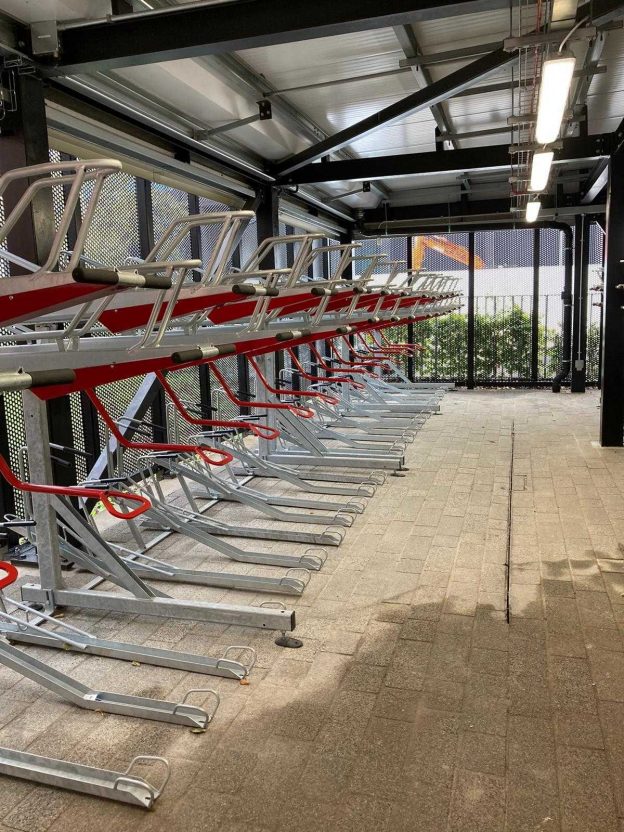
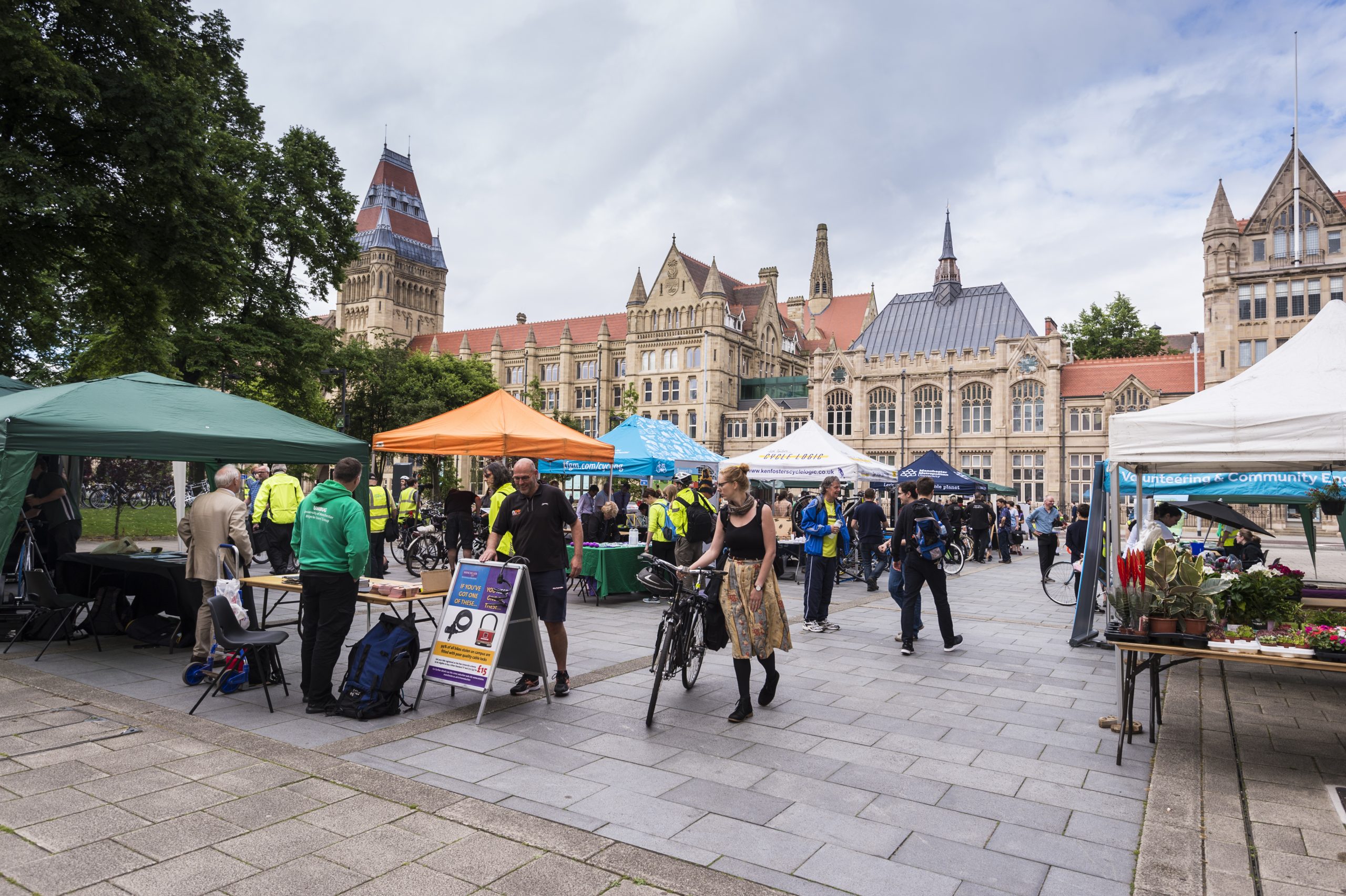 As of last week, the borrowing limit on Cycle to Work has been raised from £1,000 to £2,820 (or 5% of salary, whichever is lower), to make the purchase of electric bikes possible. The Cycle to Work Scheme is a UoM benefit allowing staff to buy bikes and cycling accessories via salary sacrifice: effectively, you ‘hire’ a bike for 12 months and then make a small additional payment at the end of that period to become the official owner. This has the dual advantage of spreading the payments of what might be quite a large investment, as well as saving some money by paying for it out of your monthly salary before income tax is applied. The quoted overall saving on the normal bike purchase cost is 25-39%. For the full details, as well as instructions for applying, follow this
As of last week, the borrowing limit on Cycle to Work has been raised from £1,000 to £2,820 (or 5% of salary, whichever is lower), to make the purchase of electric bikes possible. The Cycle to Work Scheme is a UoM benefit allowing staff to buy bikes and cycling accessories via salary sacrifice: effectively, you ‘hire’ a bike for 12 months and then make a small additional payment at the end of that period to become the official owner. This has the dual advantage of spreading the payments of what might be quite a large investment, as well as saving some money by paying for it out of your monthly salary before income tax is applied. The quoted overall saving on the normal bike purchase cost is 25-39%. For the full details, as well as instructions for applying, follow this 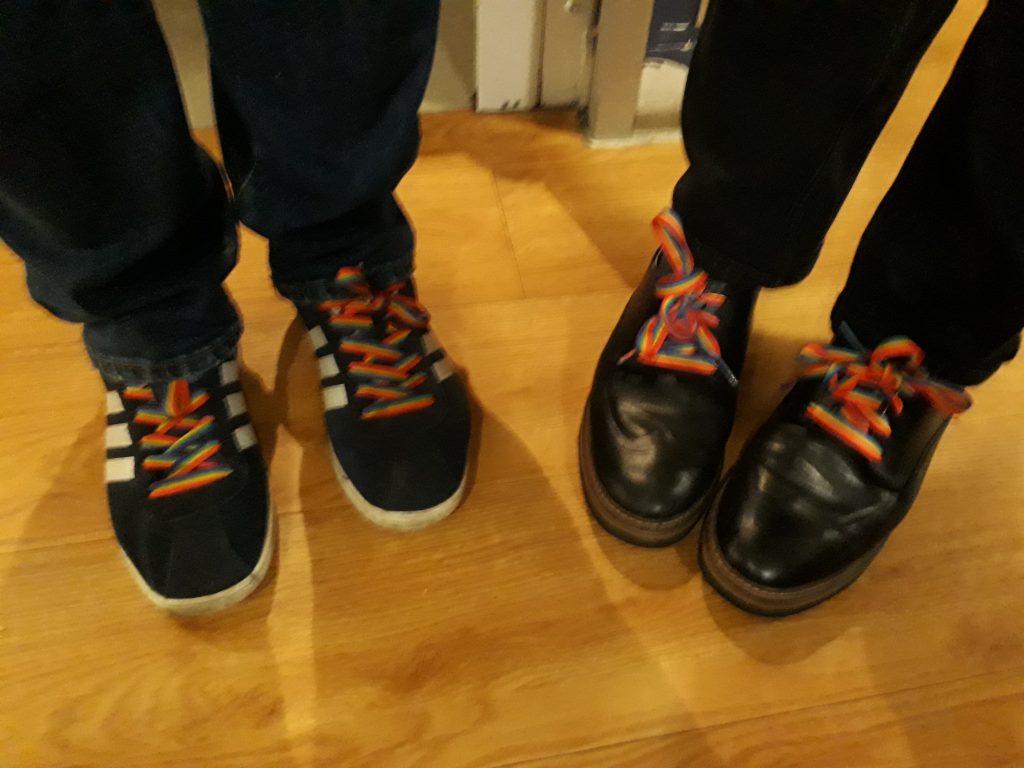
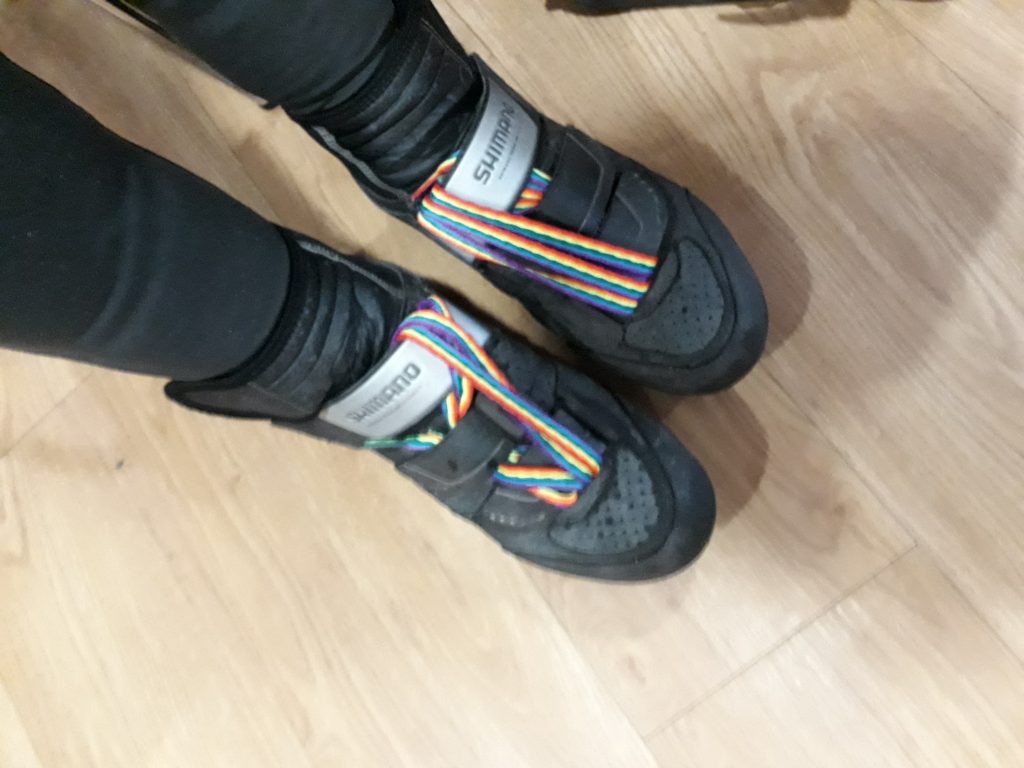

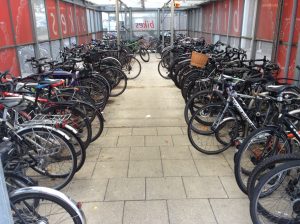

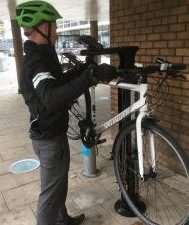
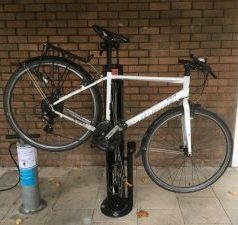
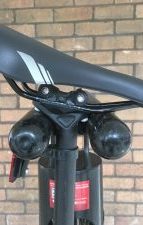



 We helped kick off LGBT History Month in collaboration with All-Out, the LGBT staff network group, by wearing go-faster rainbow shoelaces and ribbons to the cyclist breakfast on 1st Feb. Thanks everyone who took part!
We helped kick off LGBT History Month in collaboration with All-Out, the LGBT staff network group, by wearing go-faster rainbow shoelaces and ribbons to the cyclist breakfast on 1st Feb. Thanks everyone who took part!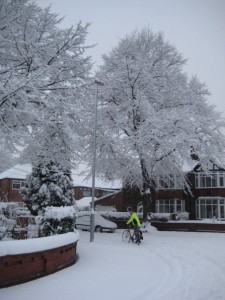 UMBUG would like to wish everyone a Merry Christmas and a Happy New Year – we’ll be canvassing your opinions and ideas in January to direct our focus in 2017. Have a great break!
UMBUG would like to wish everyone a Merry Christmas and a Happy New Year – we’ll be canvassing your opinions and ideas in January to direct our focus in 2017. Have a great break!